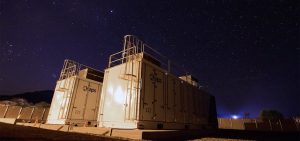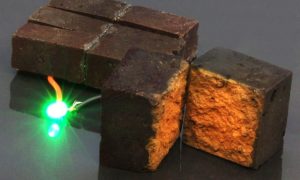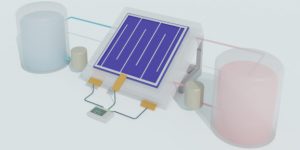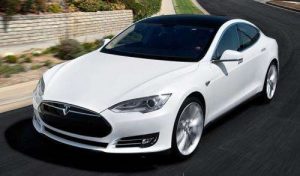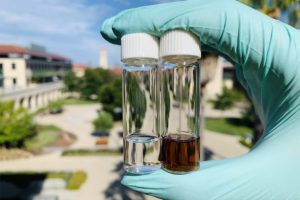Biomorphic batteries could provide 72x more energy for robots
by University of Michigan August 19, 2020
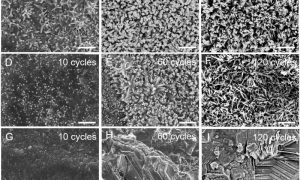
Scanning electron microscopy images of the surface of zinc electrode
Panasonic boosts energy density, trims cobalt in new 2170 battery cell for Tesla
July 30, 2020
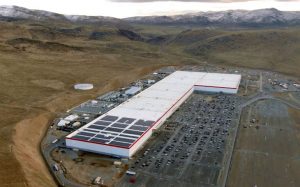
Image Credits: Smnt (opens in a new window) / Wikimedia Commons (opens in a new window) under a CC BY-SA 4.0 (opens in a new window) license.
Pandemic pollution drop found to boost solar panel output
Michael Irving July 22, 2020

An MIT team has quantified an increase in output from solar panels in Delhi, India, as a result of lower air pollution after lockdown
Jose-Luis Olivares, MIT
Tesla battery cooling system is subject of federal safety probe
July 2, 2020 by Russ Mitchell

